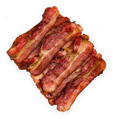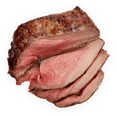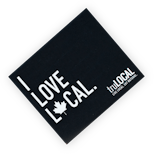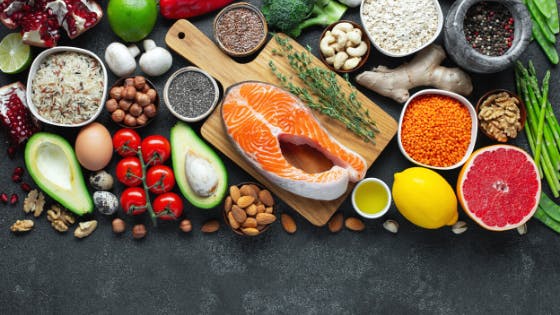What does it mean to “eat clean”?
“Eating clean” has been a popular concept for a while – but what does it really mean?
 Back
Back






“Eating clean” has been a popular concept for a while – but what does it really mean?

It’s a term that’s popped up ubiquitously online for quite a while – “eat clean”. Especially now, when many people have more time on their hands, there’s pressure to dial in the diet and exercise. But what does that really mean, and how practical is it?
“Eating clean” is often a method of restricting one’s intake, by eating mostly or entirely “good” or healthy foods and avoiding “bad” or unhealthy foods. When you hear “clean food”, you might start thinking about lean meats like chicken breast, or leafy greens like broccoli. But classifying foods as good or bad is where things start to get murky. Diet is incredibly individual, and there are numerous factors that can contribute to a food being a good addition to one’s overall intake – allergies, intolerances, preferences, and availability can all impact dietary inclusions.
There are several things to consider when deciding whether or not a specific food or dish is a good choice. First is nutrition – the calories, macronutrients, and micronutrients in any given food. Some foods are denser in calories, or higher in protein, fats, or various vitamins and minerals. Others may be lower calorie, higher in carbohydrates, or any other number of combinations thereof. Whether or not the nutritional value of a specific food item is “good” for you depends heavily on your individual goals – if you’re looking to gain weight, calorically dense food is a great option. If you’re building or maintaining muscle, high-protein choices might help you get there.
Next is the quality of the food you’re consuming. The conditions that food is grown, raised, and processed in can make a difference – for example, grass-fed and finished beef is nutritionally different from AAA beef. Typically, consuming food that is grown or raised closer to where you live is best – fewer nutrients are lost in transit, and it’s a benefit to the environment for food to travel a shorter distance to your dinner table.
Allergies and intolerances also require consideration – for example, for someone with Celiac disease, products with gluten may not be the best choice. This is heavily individual – what works well for one person may be terrible for another.
Preferences also play a role in determining whether a food is good or bad. If you just don’t like the flavour of a particular food, you don’t have to eat it – simple as that! If you’re having a particular craving – have some! Regardless of its other properties, food is meant to be enjoyed. Availability is another factor – finding certain fruits and vegetables, or local meat can be difficult depending on the time of year and where you live. Ordering online is a great tool to get high-quality foods delivered to your door.
“Eating clean” isn’t as simple as “good” and “bad” – constructing a diet that’s “good” for you is a heavily individual process, and can include foods with all kinds of nutritional makeups. Moderation is key – and finding that balance of foods that are nutritious, delicious, satisfying, comforting, accessible, and affordable can require plenty of trial and error. And as you learn what works well for you and what doesn’t, be kind to yourself.
Article by: Trish Carnahan
Posted on July 23rd, 2021